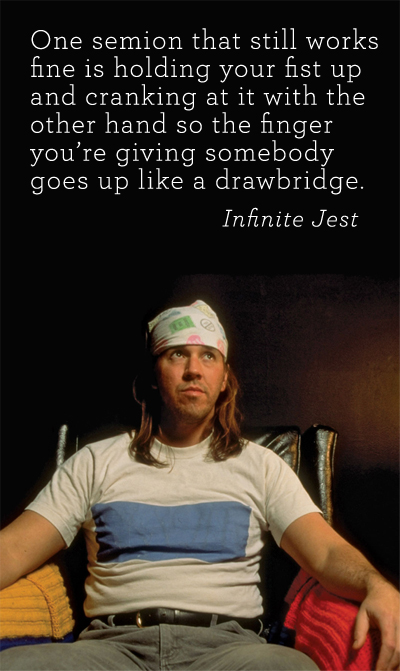Mustaches vs. Wigs
The theme of this year’s Beaux Arts Ball (Harvard’s annual Design School gala) is Mustaches vs. Wigs, a party concept of which I am an enormous fan. This clever theme solves the eternal party-planning paradox: the same theme that is necessary to brand the event as unique and exciting inevitably turns out to be Too Much Work to pull off for 80% of the audience, half of whom use it as an excuse not to go and the other half of whom go anyway, disregard the theme, and mask the awkwardness of their evident non-participation with an ironic disdain for those who actually Took The Time to dress up as a pirate. And that ruins the fun for everyone.
The great thing about mustaches and wigs is that it takes about 2 minutes to throw together a fake mustache or put something on your head, which means that you can almost guarantee total participation. Also, it is equally silly (gender norms? whoops!) and benign, which makes it perfect Facebook fodder for future employers (the challenge here being that not enough photos makes you look lame and anti-social, but too many photos and they will inevitably pick up on your drinking problem).
For comparison, consider the Beaux Arts Ball of 1931, in which famous architects came dressed up as their own buildings:
These, obviously, were the only seven architects who came. Because who has the time to make a costume that intense? Incidentally, the only reason Mr. Chrysler Building (middle) showed up was because he could reuse his outfit from his night job as a villain/monster on the Power Rangers.
Boston City Hall (1969) explained
…in a really capricious but quick-to-read edit of a 2009 interview with the architect, Michael McKinnell :
>>>>>>>When you build in concrete, what you see is what you get. The building is concrete, it is made in concrete, it is structured in concrete>>>>>>believed that things should appear the way they were, rather than wanting to construct an appearance. That moral tenor was very apparent among Boston’s architects>>>wanted to make this exemplar of an authentic architecture. The characteristic of concrete that we enjoyed most was that one material could do so much, and could be seen to do so much. It could be the structure. It could be the cladding. It could be the floors, it could be the walls>>>>I think that’s what drew young people to concrete>>>>“Ah! I’m so happy for you two young boys who have won this competition. Absolutely marvelous. I think it’s wonderful. And it’s so ugly!”>>>>>>danger of ideology>>>a seducer, but also a tyrant>>>>First of all, concrete does not come out perfectly. It bears the imprint of the maker. It’s not a sublime thing. It shows the process of its actual making>>>it symbolized longevity, it symbolized permanence. The Romans used it. It also symbolized a faith in the future—that the building was going to last. And that was an act of resistance>>>>>>>As we all know, Boston’s mayor wants to sell or preferably tear down City Hall>>>>>>it will take a controlled nuclear device to get rid of this building.” So in a very real way, perhaps, we have made our legacy using concrete because it is so bloody difficult to get rid of. That quality was important>>>>>words like “heroic” and “noble.”>>the terms in which all architects—whatever they say—secretly think of themselves.




leave a comment